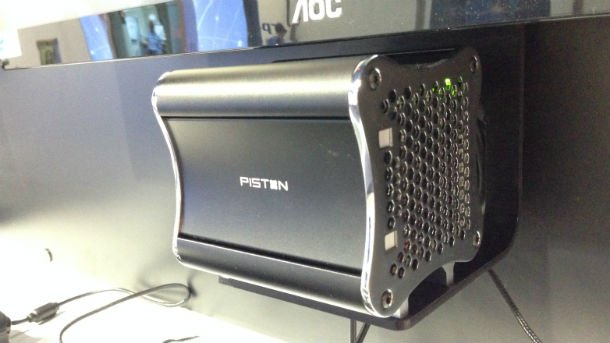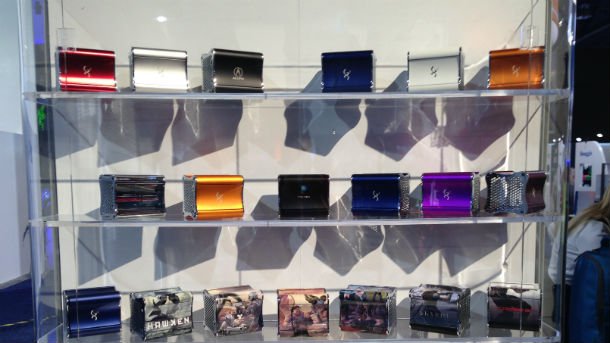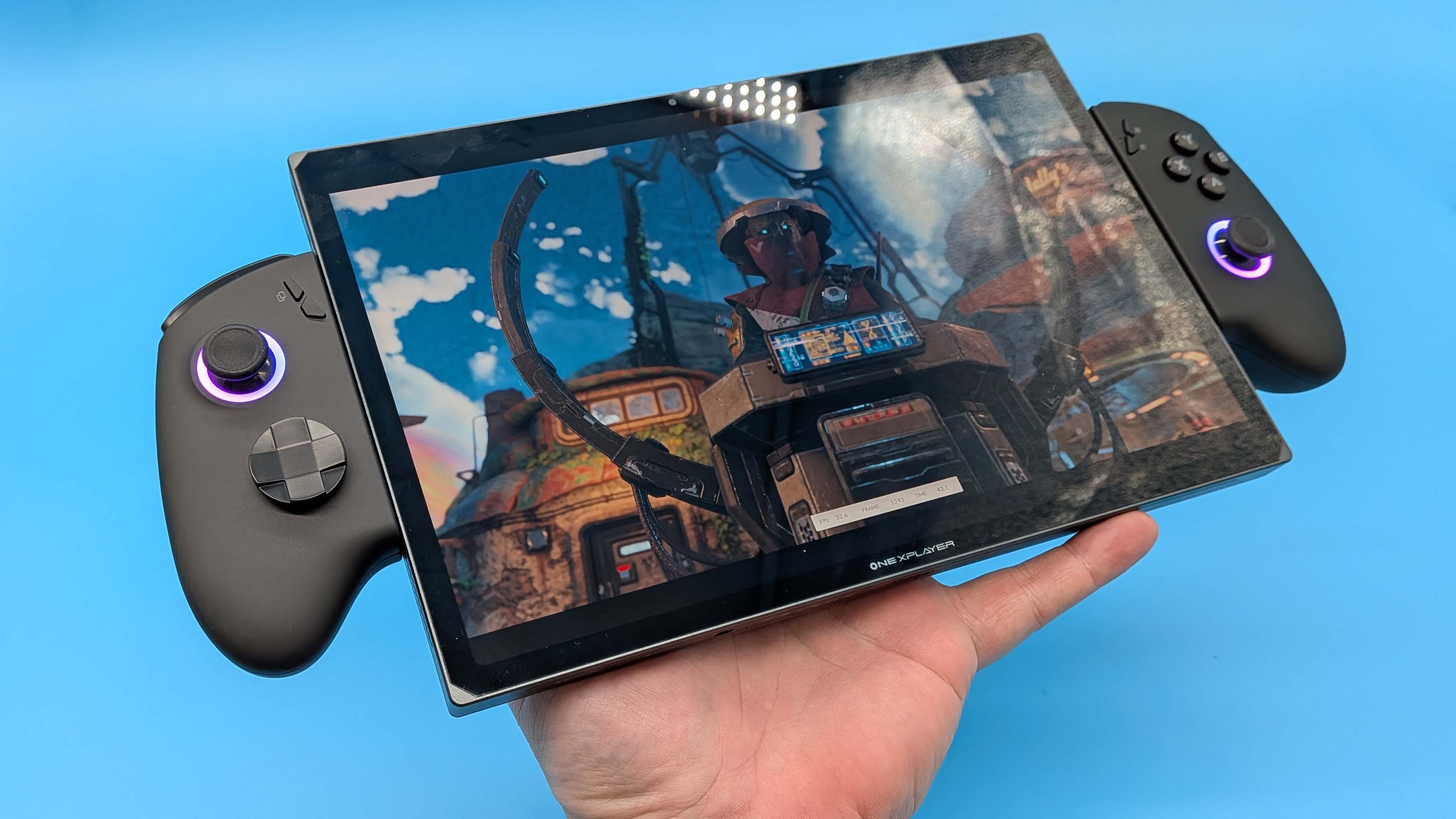
Written by Jonathan Deesing
With all the excitement surrounding Steam Machines this year, it's easy to forget about the controversal "Steam Box" from last year's CES. As a reminder, in January 2013, Xi3 unveiled its Piston console, along with the news that the company had received an initial investment from Valve, indicating the Piston's position as a Steam Machine. However, in March, Valve announced that it claimed no involvement with Xi3, sending ripples of confusion and drama throughout the industry.
Regardless, Xi3 CMO David Politis tells PC Gamer that there is no bad blood between the companies. “We're still friends. We still love Valve, we love Steam.” He explains that the two went separate directions simply due to philosophical differences.
The Piston, which is currently available at a $999 price point, admittedly has much more different goals than the Steam Machines announced this week. The Big Mac-sized cube uses only 40 watts of power (less than most light bulbs), yet can support up to 4K resolution, along with Oculus Rift functionality. The UI is fully customizable with apps and games, and more traditional gamers can seamlessly switch to a full Windows operating system. That last distinction is important, as Politis thinks the time just isn't right to abandon the dominant OS.
“We believe, and I think the market's very clear about this, that the biggest concentration today is in the Windows marketplace,” Politis says, “So we've gone separate directions today—that doesn't mean we're not supporting Valve.” He goes on to tell me that the first item featured on Piston UI is in fact Steam.
“They've got 50+ million users on Steam. Why wouldn't you support them?” Politis asks, “But the thing is, so does EA, with Origin. So we support Origin as well. In fact, we believe that if you can play it on a computer you should be able to play it on a Piston—and that's our whole viewpoint.”

Beyond offering Windows functionality, Xi3 says Piston also allows for Linux installs, along with its own UI. Apps that allow players to control the box with a tablet or smartphone are also in development, which may pit the little box against the Chromecast and Apple TV. The Steam Machines, in comparison, are focused exclusively on games at the moment, with little word on specific functionality for media streaming in Valve's in-beta SteamOS.
Keep up to date with the most important stories and the best deals, as picked by the PC Gamer team.
Another critical difference: Steam Machines are designed with full-sized, upgradable parts. The Piston is not.
Of course, other Steam Machines will offer non-Linux configurations. Digital Storm's Bolt II will launch first with Windows, for example. But the Piston is clearly not designed as a Steam Machine, and the demo stations on the CES floor highlighted mouse and keyboard support instead of a unified controller option. It's evident that the company's philosophy isn't in line with Valve's. Will the company ever try to join the 14 other hardware partners in Valve's living room initiative? Politis remains open to it. “If it gets to the point we believe it makes sense for us to be in title alignment with Valve," he says. "But today it does not make sense.”
PC Gamer is the global authority on PC games—starting in 1993 with the magazine, and then in 2010 with this website you're currently reading. We have writers across the US, Canada, UK and Australia, who you can read about here.


